|



|
TMJP 2010
Presentation
- Area Informatics and Topic Maps
Shoichiro Hara (Center for Integrated Area Studies, Kyoto University)
Abstract
Area study is an interdisciplinary science that combines many disciplines in order to understand a particular area comprehensively. On the other hand, informatics is a science to understand things objectively, that is, by introducing distinctive “norms” and “methods,” it analyzes them comparatively and reproducibly. Area informatics is a new information paradigm in area studies to integrate individual disciplines of area studies and to create new knowledge about areas objectively and quantitatively.
The Humanities GIS Research Group (H-GIS), the leading research group in Japan applying informatics to the humanities, has been engaged in creating area informatics. It has focused on spatiotemporal aspects of events to treat them quantitatively, and developed spatiotemporal models and tools called HuMap and HuMap. It has compiled a digital gazetteer and a calendar table to help organize spatiotemporal data. Also, it has built many databases of area studies and developed the resource sharing system to integrate these databases seamlessly.
As languages, terminologies and methods are different from each discipline, integration and analysis of data from different disciplines are not realized except in some quantitative data such as times and places. Ontology is expected to be the key conception and technology to overcome this problem. There are several ways to use ontology such as Semantic Web and Topic Maps, and CIAS are trying to apply Topic Maps to our area studies’ data.
Slides
Shoichiro Hara
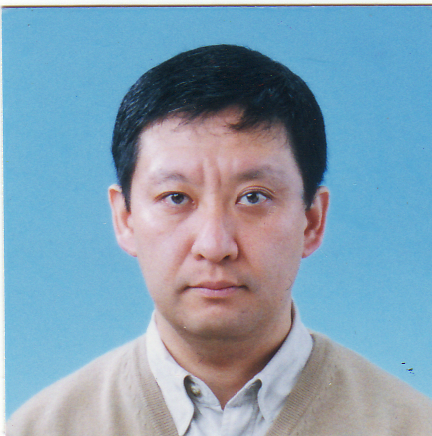
Professor, Center for Integrated Area Studies (CIAS), Kyoto University
46 Shimoadachi-cho, Yoshida, Sakyo-ku, Kyoto, 606-8501 Japan
E-mail: shara@cias.kyoto-u.ac.jp
- Graduated from Department of Medical Science (Doctor Course), University of Tokyo on March 30, 1987. Received Doctor's Degree in Medical Science (Ph.D.).
- Joined the Research Institute of the National Rehabilitation Center for the Disabled in April 1, 1989, as a part-time researcher.
- Joined the National Center for Science Information Systems (NACSIS) in June 1, 1989, and assigned to the Research Development Department as a Research Associate.
- Moved to the National Institute of Japanese Literature (NIJL) from September 1, 1991, and assigned to the Research Information Department as an Associate Professor.
- Moved to Center for Integrated Area Studies, Kyoto University from August 1, 2006, and assigned to the Division of Area Informatics as a Professor, serving in that position up to date.
- ☆ TMRA 2009 Topic Maps Contest 1st place memorial lecture
Creating a Topic Map-Driven Learning Portal
Shu Matsuura (Tokyo Gakugei University, Faculty of Education)
Abstract
The author had created and publicized an original e-Learning system of introductory physics on the basis of original learning resources. In this study, the system was extended to a portal of learning that includes physics, chemistry, biology and earth science as the basis. The portal further connects knowledge from daily life subjects to the issues of sustainability on the basis of the former subjects. In this portal system, external learning resources, as well as our own original contents, distributed on the web were linked and structured by using topic map. By this structuring, users are expected to promote exploration of knowledge, and to form well organized knowledge by using associations of topics in various fields. Further, topic map enables the systematic and functional usage of mashup of external services such as Google Earth and YouTube. Also, topic maps can be networked by the use of topic maps remote access protocol. In the future, it is expected that the implementation of knowledge exploration through the networked topic map systems spreads.
Slides
Shu Matsuura
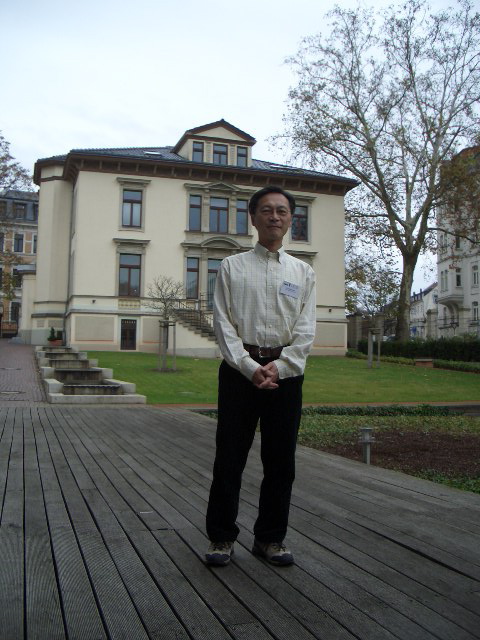
Dr. of Science (1990 Nagoya University)
career
- 1988 Nagoya University, Graduate School of Science
- 1991 Tokai University, Institute of Research and Development, Reserch Associate.
- 1995 Tokai University, Faculty of Science, Associate Professor.
- 2008 Tokai University, School of High-Technology for Human Welfare, Associate Professor.
- 2009 Tokyo Gakugei University, Faculty of Education, Professor.
research
- Before 2002, experiments and computer modeling of mycelial colony patterning.
- From around 2000, construction of learning contents and an original e-Learning system for introductory physics.
- From 2008, construction of web learning system based on Topic Maps technology.
- Development of a Constellation Topic Map Application to Control with Wii
Kimitaka Amano, Konosuke Kawarazaki, Satoshi Waki, Shu Matsuura (Tokyo Gakugei University)
Abstract
We are developing a learning portal, “Everyday Physics on Web" at http://tm.u-gakugei.ac.jp:8080/epw/ based on the Topic Maps. In the present study, we are developing a constellation search engine for the astronomical field. It aims at an application that provides information of constellation when the user points in the real space. As a real space-pointing device, we employed WiiRemote, which is well known as a family game machine. Users are able to retrieve the constellation data by pointing a direction in the real space with WiiRemote that sends position data to the system. To visualize the constellation data, we use Google Sky API.
Slides
Kimitaka Amano
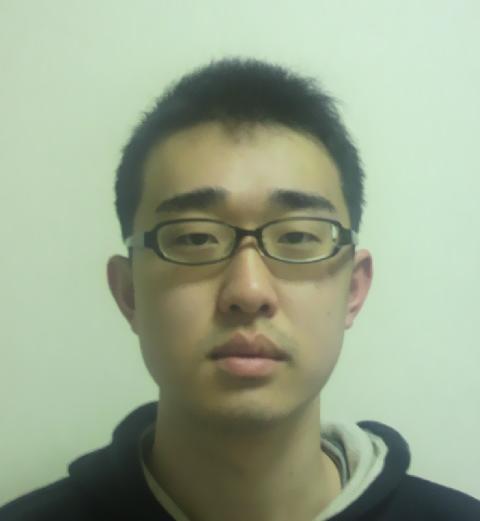
2007 Tokyo Gakugei University elementary education teacher training course
Konosuke Kawarazaki
Satoshi Waki
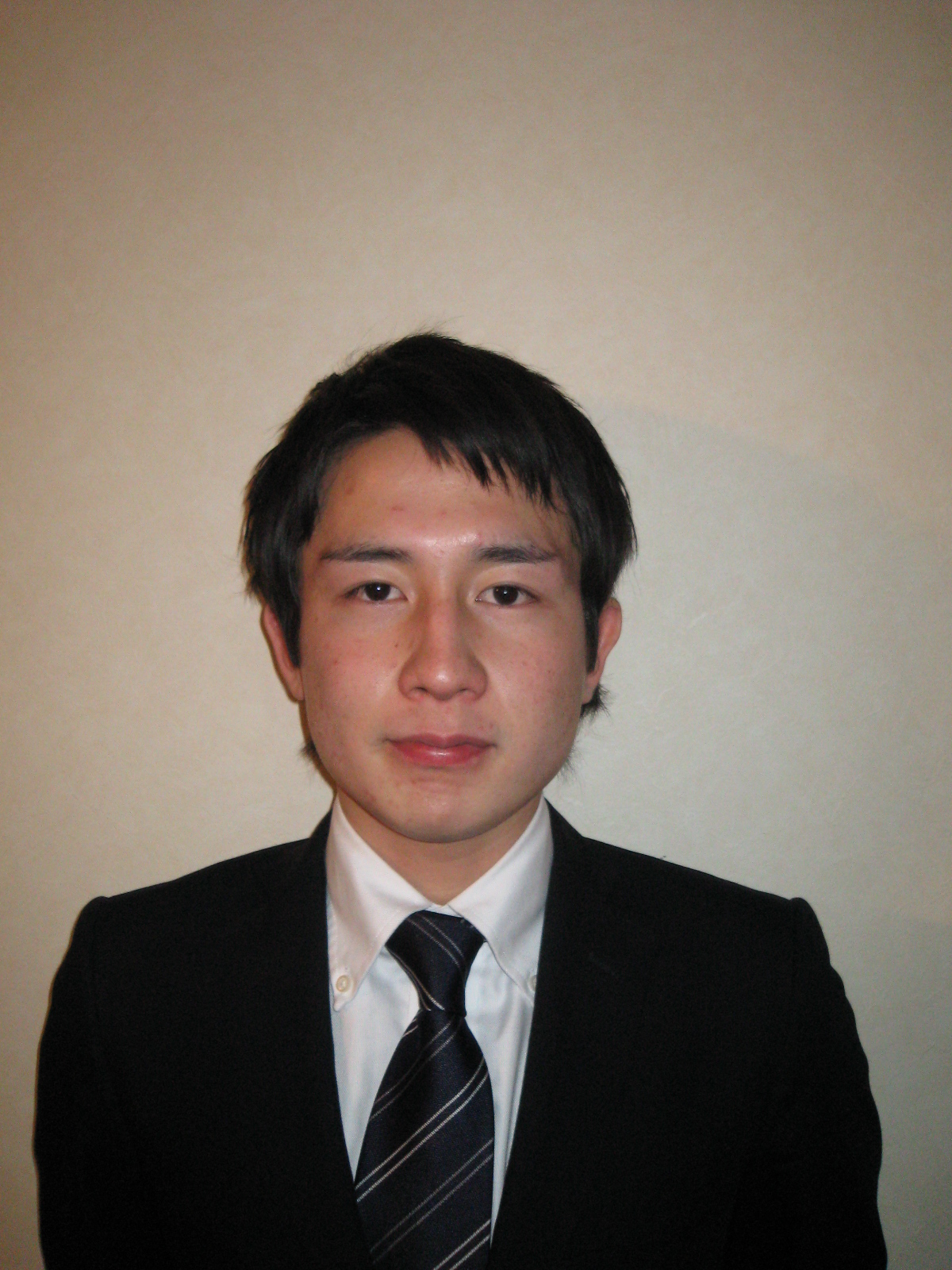
- 2003 Koshigayakita high school
- 2007 Tokyo Gakugei University elementary education teacher training course
Shu Matsuura
- Reconfiguring the Humanities: The Construction of a Knowledge Network for University Research and Education Using Knowledge Concierge (Topic Maps)
Takuya Abe (Project academic support specialist at the Interfaculty Initiative in Information Studies, the University of Tokyo / Musashino Art University), Takeshi Nakaji (The University of Tokyo), Kanta Tanishima (The University of Tokyo) and Brendan Deegan (The University of Tokyo)
Abstract
This paper describes our ongoing project of reconfiguring knowledge through the use of information technology. In particular, our major concern is to (re-)structure the so-called humanities, which are presently highly specialized and fragmented. As part of this project, we have introduced and adopted Knowledge Concierge (a knowledge management system developed by Hitachi Systems & Services, Ltd. based on Topic Maps technology) in research and education activities at the University of Tokyo. Within the research collaboration between U-Tokyo and Hitachi SAS, we have attempted to construct several semantic networks which consist of terminologies collected from academic books and digital encyclopedias of media studies. In this paper, the results of a pedagogical trial in order to measure student achievement by getting them to organize semantic networks by themselves will be discussed. This trial was carried out in a class for M.A. degree students in which they read literature on media studies. Instead of writing a paper on the class readings, the students were required to manipulate Knowledge Concierge and produce a Topic Map to illustrate their comprehension of the readings. The results of our research suggested that using this system allowed us to 1) grasp in a graphical and intuitive manner the collective achievement of the whole class as well as individual students’ level of understanding; 2) locate areas in which the students lacked understanding of the readings, for compared to the appropriate network in the teacher’s mind, problem areas were identified by their incomplete formulation in the students’ networks (topics and links).
Slides
Takuya Abe
Takuya Abe is a project academic support specialist at the Interfaculty Initiative in Information Studies, the University of Tokyo, majoring in Information Design and Semiotics.
Takeshi Nakaji
Takeshi Nakaji is a doctoral course student at the Graduate School of Interdisciplinary Information Studies, the University of Tokyo, majoring in Cinema and Media Studies.
Kanta Tanishima
Kanta Tanishima is a doctoral course student at the Graduate School of Interdisciplinary Information Studies, the University of Tokyo, majoring in Philosophy.
Brendan Deegan
Brendan Deegan is a doctoral course student at the Graduate School of Interdisciplinary Information Studies, the University of Tokyo, majoring in Japanese Philosophy and Critical Theory.
- Topic maps supported accessing to home server contents
Ayumi MINAMIHORI, Yushi KOMACHI (Faculty of Information Science and Technology, Osaka Institute of Technology)
Abstract
A number of and a variety of contents are stored in home servers connected via home networks based on DLNA (Digital Living Network Alliance). The contents stored in distributed home servers with different architectures are difficult to be accessed. Using a topic maps technology, those contents are structured from a user's point of view to be easily accessed.
Slides
Ayumi MINAMIHORI
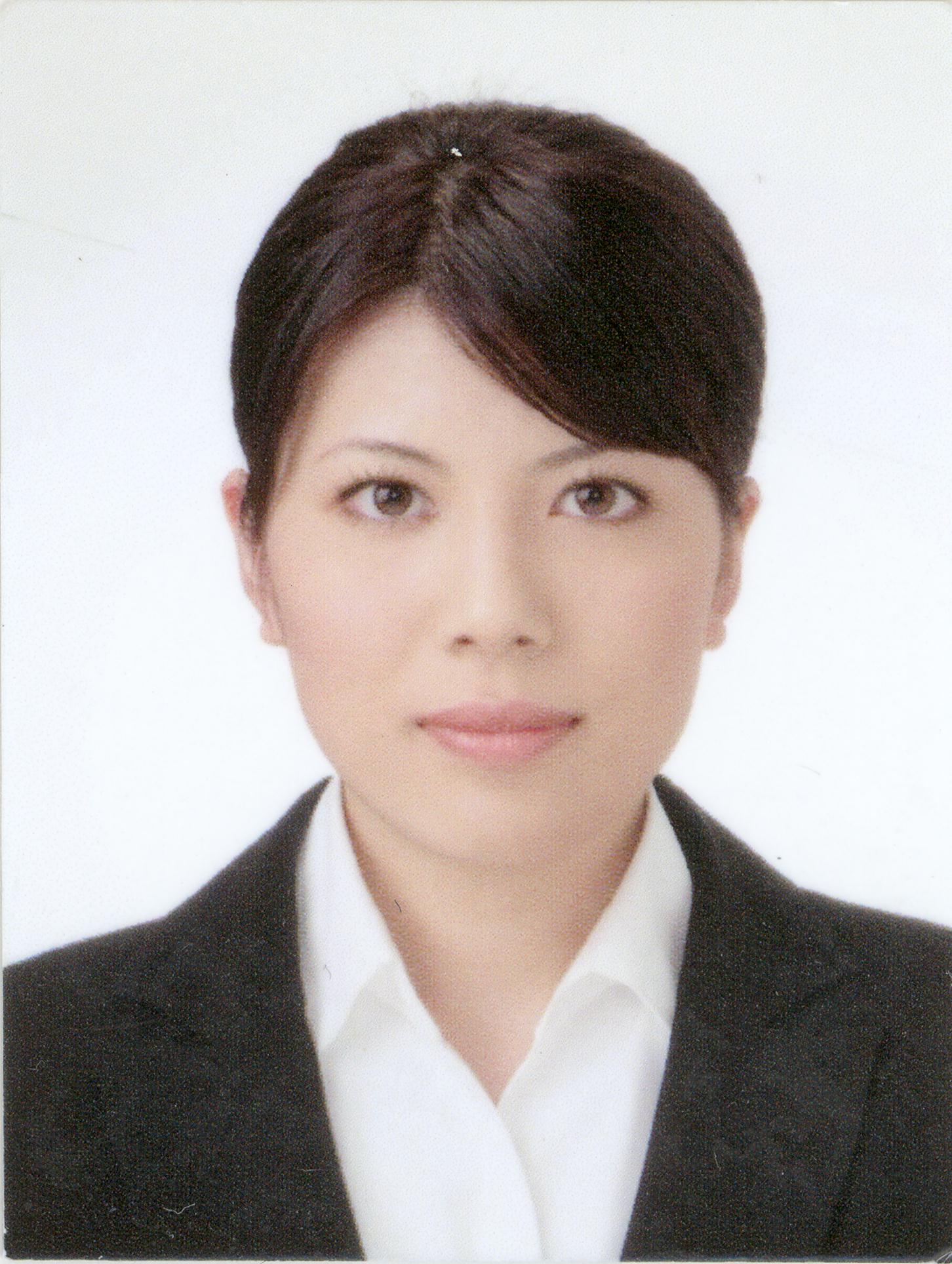
will receive the B.S. degree in information science from Osaka Institute of Technology in March 2010.
Yushi KOMACHI
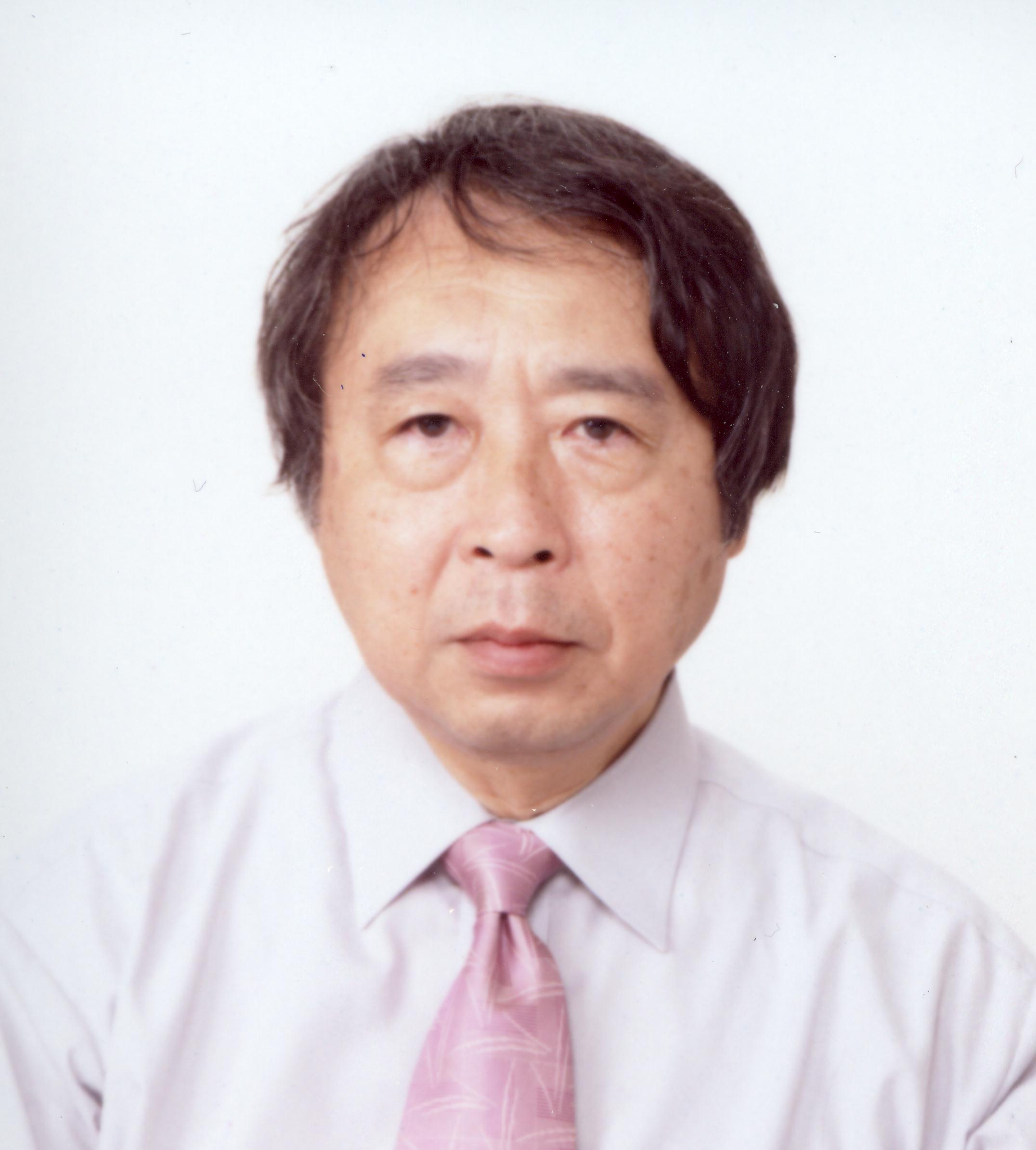
Yushi Komachi is a Professor with Faculty of Information Science and Technology, Osaka Institute of Technology. Dr. Komachi also serves as a Convener of ISO/IEC JTC1/SC34(Document description processing languages)/WG2 and a Chair of Advisory Group on Strategy, IEC/TC100 (Multimedia systems and equipment).
- Potential of Authority Control File Using Topic Map
Norio Togiya (University of Tokyo)
Abstract
Controlling the historical human name is needed ,because there are many instances of a “same person sharing the different name” as a historical figure in historical material. Although no database exists that could be shared to control human name at the current time, there is a need to build structured databases about primary individuals and build sources of name authority information by standardized data description language. With this background, we constructed structured name authority file which user can understand human relationship using Topic Map.
Slides (to be announced)
Norio Togiya
- Semantic Enhancement of Digital Archive using Topic Maps CVCE Digital Library case study
Frederic Andres (National Insitute of Informatics)
Abstract
This presentation will focus on the semantic enhancement of multi-lingual multimedia digital archive using topic maps. Examples as case study will come from the CVCE Digital Library and ENA 2010 project. The CVCE digital library is a digital born library on the european integration process (www.ena.lu).
Slides (to be announced)
Frederic Andres
- A case example of Topic Maps
(University of Tsukuba, Sugimoto Lab)
Abstract
- Identified Subjects Networking
Motomu Naito (Center for Integrated Area Studies, Kyoto University)
Abstract
In order to identify subject, Subject Identifier can be assigned to topic in Topic Maps. As subject identifier, unique IRI (Internationalized Resource Identifier) can be assigned to each subject. It can be published on the web then it is called PSI (Published Subject Identifier).
In this presentation, the first, some case example of collaboration between Topic Maps Web applications based on PSI is reported and the components which enable the collaboration are given. The second, several activities including the activities in The Center for Integrated Area Studies (CIAS) to make topic maps are introduced. Those activities are to make topic maps for NDLSH, BSH, LCSH, geographical dictionary, etc. By opening topics as PSI, those can play the role of common subject or common vocabulary. Those can also increase the chance of collaboration between topic maps or topics. Finally, "Identified Subjects Networking" is proposed. In it semi-closed and specialized and quality guaranteed topic maps including topics in them can couple loosely.
Slides
Motomu Naito

He is a guest associate professor of Center for Integrated Area Studies (CIAS), Kyoto University. He is also founder and CEO of Knowledge Synergy Inc.
He has related to SGML and XML document sharing/exchanging on the WEB for many years. Recently he is engaging in several Topic Maps projects.
He call himself Topic Maps enthusiast in Japan. He is one of the delegate to ISO/IEC JTC1/SC34 from Japan. He was a member of Topic Maps related committees of JSA (Japanese Standards Association) and made JIS (Japanese Industrial Standards) standard of Topic Maps by translating the ISO standards. He and his friends published a Topic Maps book in Japan in Dec. 2006.
|

